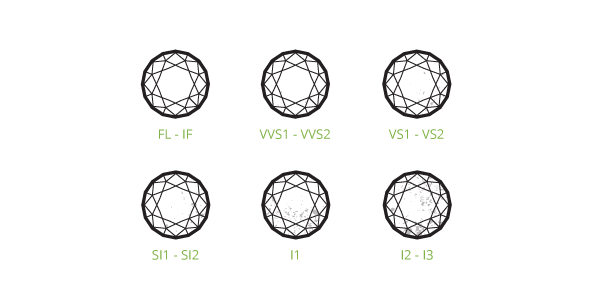GROUPON GUIDE TO HARRISBURG
Diamond Clarity Chart
BY: Staff |Sep 2, 2015
BY:
Deals in harrisburg

1/10 CTTW Diamond Five Stone Anniversary Band in Sterling Silver by DiamondMuse
76% discount_off
KIRAN JEWELS INC

1/3 CTTW Diamond Miracle Plated Halo Ring Sterling Silver Womens Fashion Jewelry
Sale Ends 4/27
KIRAN JEWELS INC

DeCarat 1/3 CTW Diamond Heart Shaped Halo Bridal Set in Sterling Silver
81% discount_off
DeCarat
Deals in harrisburg Other Deals in harrisburg

Sterling Silver 1/4 CT Diamond Round Cluster Engagement Ring Jewelry for Women
86% discount_off
KIRAN JEWELS INC

10K Solid Gold Round Diamond Wedding Stackable Band Jewelry for Women
Sale Ends 4/27
KIRAN JEWELS INC

3/4ctw Diamond Round Engagement Ring in Sterling Silver by Fifth and Fine
49% discount_off
KGS Jewels INC


